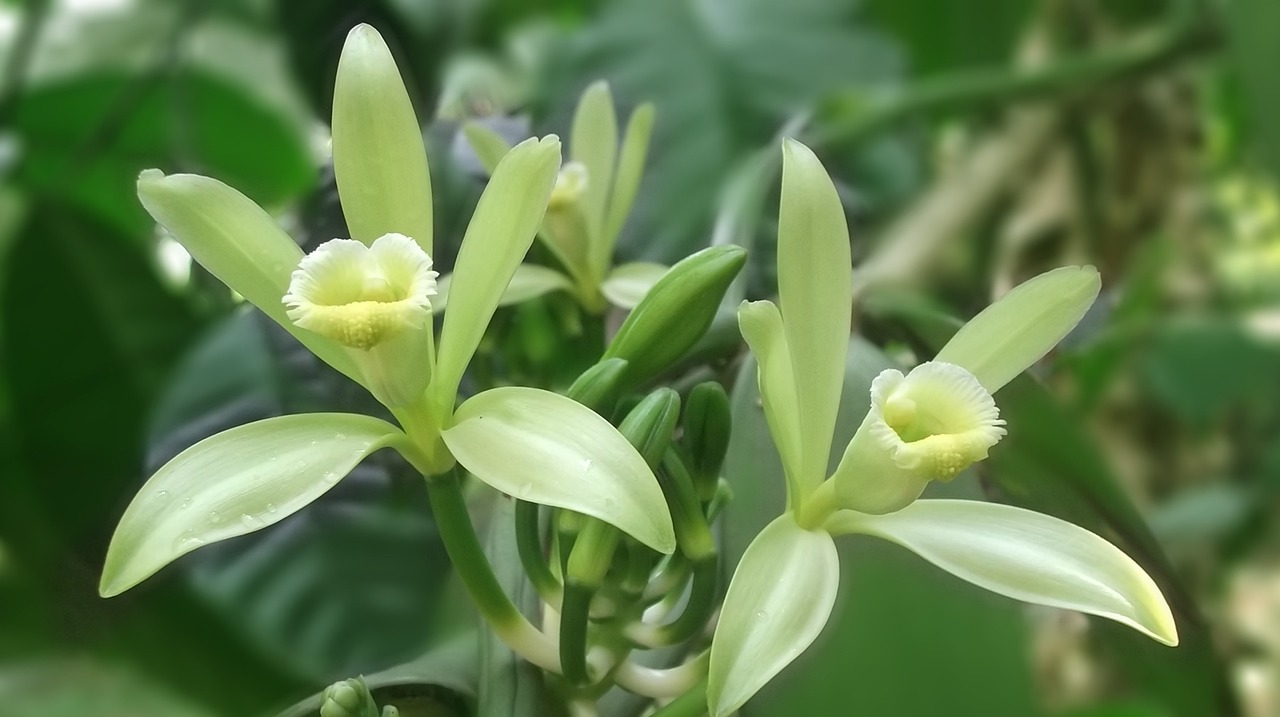
The Boy Who Was King of Vanilla
His brilliant method of pollination is now used by all vanilla growers.
By Elena Kazamia
Sign up for our monthly newsletter!
Vanilla has a secret and a story to tell. Most every bean that is sold has been pollinated by human hands, in a deft gesture using a toothpick or a needle. And that method was discovered by an enslaved 12-year-old Black boy named Edmond Albius in 1841 on the tiny volcanic island of Réunion in the Indian Ocean. His invention rescued the island’s collapsing economy, transformed a tropical orchid into a cash crop, and commodified vanilla, turning it into the world’s most recognized flavor.
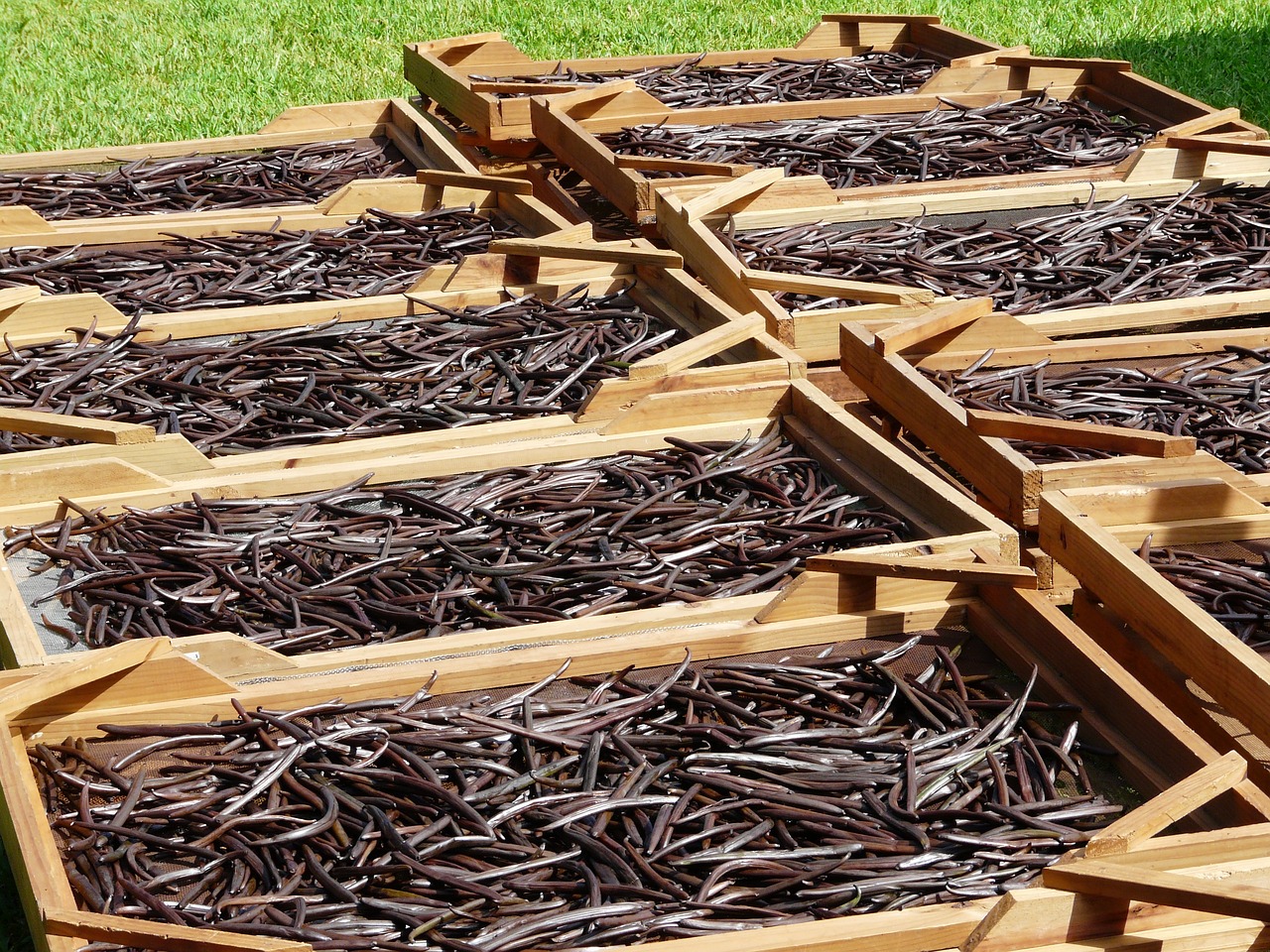
When growing wild, vanilla is only pollinated by one species of bee, found exclusively in its native country of origin—Mexico. The plant was prized by the Aztecs, who believed it contained “zanat,” nectar of the gods, and served as a form of royal tribute. In the early 1800s, it was introduced to the Netherlands and France, where it was considered an aphrodisiac, became a hit with Elizabeth I, among other royals, and was widely popularized for use in food and perfume. But no one was able to grow it outside of Mexico, until Albius.
Many botanists had tried to work out how to pollinate the plant by hand and failed.
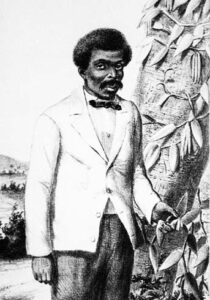
“Like many brilliant inventions, Edmond’s appears disarmingly simple, but only after the fact,” says Eric Jennings, professor of French colonial history at the University of Toronto, in a lecture on the subject. Albius’ discovery required extensive botanical knowledge, careful observation, and ingenuity.
Vanilla grows as a vine with orchid flowers that have an intricate anatomy. Albius worked out that the male and female parts of the flower were separated by a slim membrane, which he punctured, bringing the two organs together. “The Albius maneuver, undertaken with a needle or toothpick, is extraordinarily delicate” Jennings describes, “I’ve tried it myself.”
The dexterity required bears emphasizing because resistance to the idea that an enslaved 12-year-old person of color could make a major botanical discovery endured well into the 20th century. In a 1938 racist historical novel Les Vanilliers, white French author Georges Limbour depicts Albius as possessing “the clumsiness of an ignorant insect.” Many botanists had tried to work out how to pollinate the plant by hand and failed. In the 1830s, Charles Morren, professor of botany in Liége, Belgium, successfully pollinated vanilla using a microscope and tiny scissors. But the method “takes probably 20 minutes” Jennings says, and was not useful for agriculture.
Elena Kazamia is a science writer from Greece. She has a master’s degree in conservation from University College London and a Ph.D. in plant sciences from the University of Cambridge in the U.K.
This article previously appeared in Nautilus.
Plantings
Issue 36 – June 2024
Also in this issue:

World Sensorium: Mapping the Cultural Heritage of Aromatic Plants
By Gayil Nalls
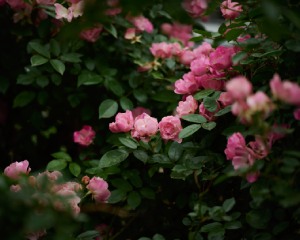
Viriditas: Musings on Magical Plants—Rosa spp
By Margaux Crump
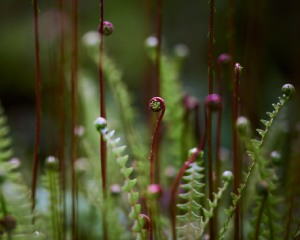
I Think, Therefore I Relate
By Jake Eshelman
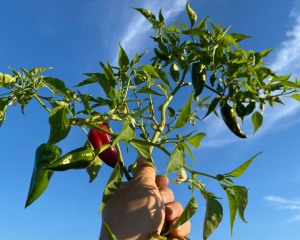
Learning to Grow with The Hampton’s Pepper Professionals
By Ian Sleat
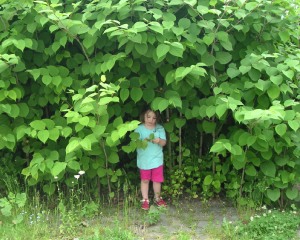
The Dual Nature of Japanese Knotweed
By Gayil Nalls
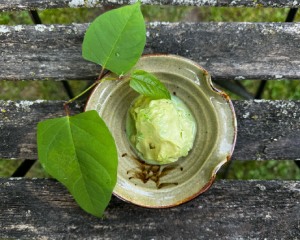
Eat More Plants Recipes:
Japanese Knotweed Sorbet
By Gayil Nalls

As Ireland transitions from the rich, smoky scent of peat-burning to a more sustainable future, its olfactory heritage is evolving. What will become the next iconic aromatic symbol of Ireland?
Click to watch the documentary trailer.

